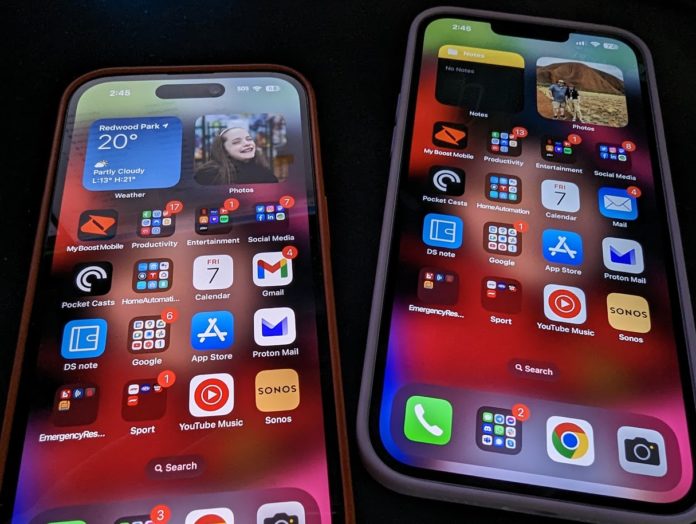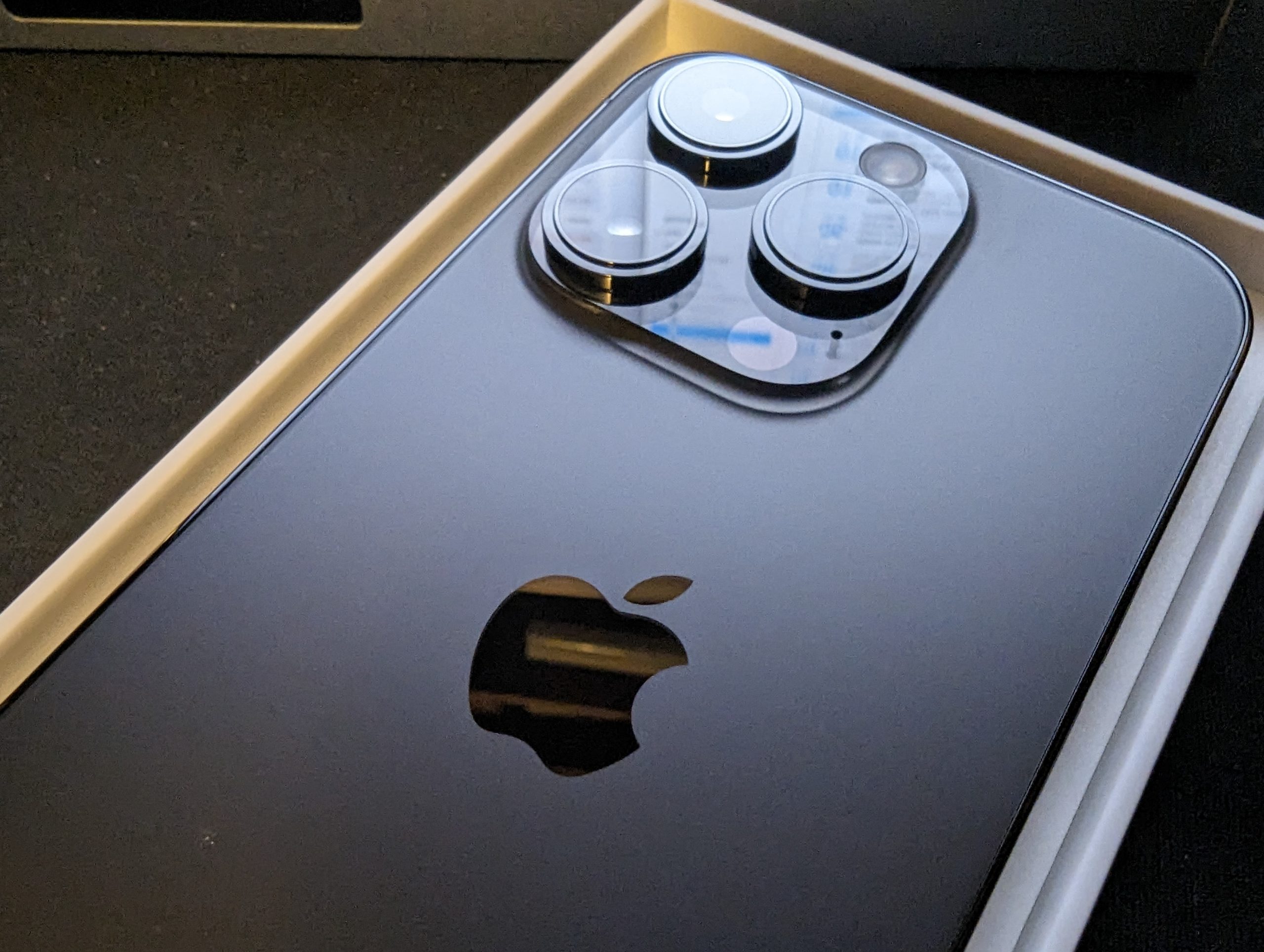I’ve been using an iPhone for a few months now, and it’s been a pretty good experience. In April, I published a review of the iPhone 14 Pro, and since then, I’ve moved — as my second device — to the iPhone 14 Plus, and I want to talk about that data migration experience.
I’ll start with the fact that this is something Apple has done exceptionally well for a long time, so much so that it’s been a selling point for some of my iLoving friends when you migrate to a new phone.
It’s really easy
For anyone who hasn’t migrated iOS devices in the past, you’d honestly struggle to make the process easier. It’s as easy as unboxing your new phone, turning it on and checking your old device.
I say check your old device because the two phones — old and new — detect each other’s presence and essentially prepare to guide you through the migration.
There’s not much guidance required either, as it’s just confirming with a pattern scan and unlock codes that you’re, in fact, the owner of the old phone — preventing unwanted cloning, which could easily lead to identity theft — and that you want your data on the new device.
Once you confirm this, all you have to do is wait for the data to transfer.
It’s fast
The wait I refer to isn’t very long before your new device is functional. The quoted time for transfer when I moved over, was 30 – 40 minutes. However, that was closer to 25 for the entire process. Given there was a pile of apps, videos, photos, contacts, messages and other data being transferred, it was an impressive result.
What I like about this versus other transitions is that your apps come over, and your screen layout is included. It brings a higher level of comfort and familiarity to the transition to a new device. For many users who only really change phones when they have to due to the age of the device, this is a huge win.
I like the feeling of a shiny new phone, getting to tweak the layout etc, but I’m also finding (perhaps I’m getting old?) that I just don’t have the time or inclination to delve into this time investment as readily these days.
It’s almost a complete data migration if you’re 100% invested in Apple
Here’s the catch, if you’re using nothing but Apple apps, the migration process will bring over your apps, most of your passwords (not all apps, most work) and settings over to the new device. It really is impressive, but it’s not perfect.
As part of the initial transfer process, you can choose whether to set up the phone as a new device or “replace” and old device. If you’re doing the latter, your apps will transfer over and the same icon setup on your home screens will be in place when the process is complete. I can see why certain user demographics love the iPhone and migration process.
Some apps don’t transfer over, you’ll have to reinstall them, and apps from some developers don’t carry passwords over, like Gmail. I’ve asked the question to a couple of developers, and that’s apparently a limitation of the authentication used by Google, in that it can’t/won’t allow password transfers between devices like that. In total honesty, it’s not a big deal and easily resolved.
It’s still not a perfect solution, but neither is Android’s new device setup. At this point in a side by side device transfer comparison, I’d have to give this one to Apple but with note that a Pixel to Pixel device transfer is catching up and pretty quickly; so watch this space.











Totally agree – iOS destroys Android on pretty much every usability metric – obviously due to the, essentially, complete system lock-in they achieve.
Now… if only they would be so brave a company as to let their users put app icons or widgets wherever they wanted to on their homescreen, THAT would be revolutionary… oh wait…
Couldn’t agree more. Android is a discontiguous mess. iOS wipes the floor with it both in terms of first party functionality that’s consistent and actually works, and outright usability.